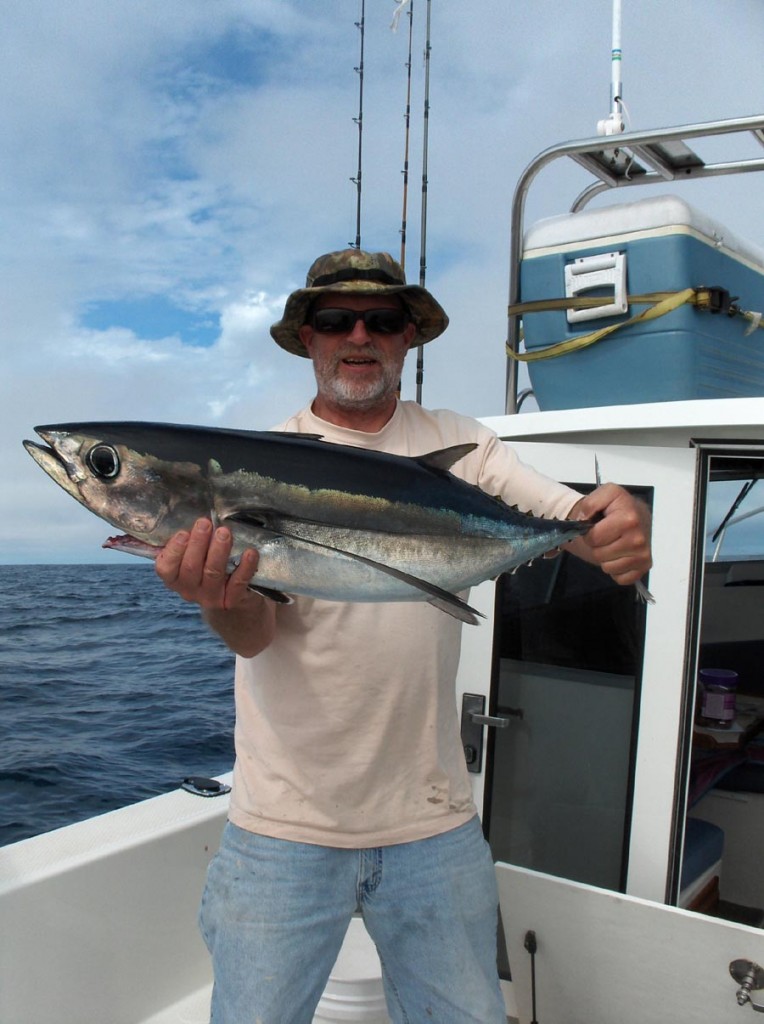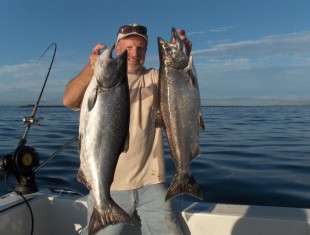EARL SANDE
Several times a week I look at the Elwha River on my computer with amazement how it has successfully changed back into a river. I’ve been watching the dam removal project for about two years; it’s as easy as a couple of clicks on your key board. Just go to National Park Service Elwha River Restoration Project. Most of the pictures are updated every day.
The lower Elwha Dam removal was completed during October 2012. The rest of upper Glines Canyon Dam was blown up late spring 2014. They lowered drilling equipment down to the remaining base of the old dam, drilled a bunch of holes for the explosives and blow her to smithereens.
It was very entertaining to watch all this happen.
Where the lower Lake Aldwell once was and where the upper Lake Mills once was the river has made a meandering river channel down to the original level where the forest once grew on the valley floor.
There are still lots of sand and other sediment on both sides of the river but vegetation is starting to grow. Millions of yards of sediment have already reached saltwater creating a sand delta like there had been for thousands of years before the dams were built. I’m sure major winter rain storms will send millions of more yards of sand to the saltwater for many years to come.
It will be even more interesting to find out how many years it will take for salmon to use the upper river watershed for spawning and rearing and will 100- pound Chinook salmon ever evolve again.
As of July, 9th 2014 biologists have captured and radio-tagged 23 Dolly Varden trout, 16 steelhead, 12 Chinook and 2 sockeye, so they can determine just how far up the river they will go.
The Elwha River once had more than 4,500 spring Chinook returning to the upper river, and some were over 100 pounds. Spanish explorer Manuel Quimper traded for several “salmon of 100 pounds” from nearby Indians on July 25, 1790. And as late as November 1930 several males were found in the river that pushed the 100-pound mark, according to the Washington Department of Fisheries.
These huge spring Chinook evolved over thousands of years. In order to reach the spawning grounds of the upper river they had to swim through a series of narrow canyons with very fast moving water.
“The strength of the rapids in this section of river probably acted as a mechanism for the natural selection of larger fish,” the late Robert Mausolf of Peninsula College reportedly said.
At one time the Elwha River produced over 400,000 retuning adult salmon. About 275,000 were pink salmon that returned in odd numbered years. The rest were chum, coho, steelhead, sockeye and Chinook.
Lately, between 700 and 4,000 salmon return. They are mostly of hatchery origin.
Other ocean-migrating fish that once used the mighty Elwha in large numbers were sturgeon, smelt, Dolly Varden and sea-run cutthroat.
The beginning of the end of the Elwha River, as it existed for thousands of years, started in 1889 when Thomas Aldwell arrived from Canada and began purchasing land along the narrowest gorge of the river. By 1908, he had bought enough land to construct a dam and reservoir.
With the help of George Glines’ money, Aldwell formed the Olympic Power and Development Company in 1910. Money rolled in from other investors. The lower Elwha Dam was constructed between 1910 and 1913 with shabby construction and no fish ladder. The dam was 108 feet high and five miles upstream from the mouth of the river.
Washington’s first legislature passed a law in 1890 requiring fish ladders on any dam built in the State “wherever food fish are wont to ascend.” But especially in those days’ money talks and everything else walks! Jobs and industrial development were much more important then salmon.
A fish hatchery was built at the dam in lieu of a fish ladder in 1915. But by 1922 the unsuccessful salmon hatchery was abandoned. A better hatchery was built years later.
To make matters worse, the dam builders never went to bedrock when they laid the base of the dam and in October 1912, when it first stared filling up, it blew out under the dam draining the new lake and flooding the Indian village downstream.
Branches, logs, rocks and concrete were used to fill the hole but it continued to leak. That minor problem went away in 2012 when that dam was removed. That went so well the Glines Canyon Dam was built eight miles farther upstream during 1925 to 1927. There weren’t any salmon there so it didn’t need a fish ladder. This dam was about 210 feet high, nearly twice as high as the lower Elwha dam.
Crown Zellerbach Company bought the Elwha Dam in 1919 and then bought the upper Glines Dam from the Northwestern Power and Light Company in 1936. In 1926 The Federal Power Commission issued a 50-year license for the Glines Dam, but the lower Elwha Dam never had a license to operate.
The electricity from these dams powered pulp and lumber mills at Port Angeles for many years, but by the 1960’s power could have been bought elsewhere and the dams should have been removed then.
Finally in October 1992, President Bush signed Public Law Number 102-495 ‑ The Elwha River Ecosystem and Fisheries Restoration Act. That act directed the Secretary of the Interior to study and report to Congress on the river restoration alternatives and authorized him to acquire and remove the dams if he found it necessary.
The removal of the Elwha River dams was a bold and complicated project that will benefit fish, plants, humans and other animals forever.


